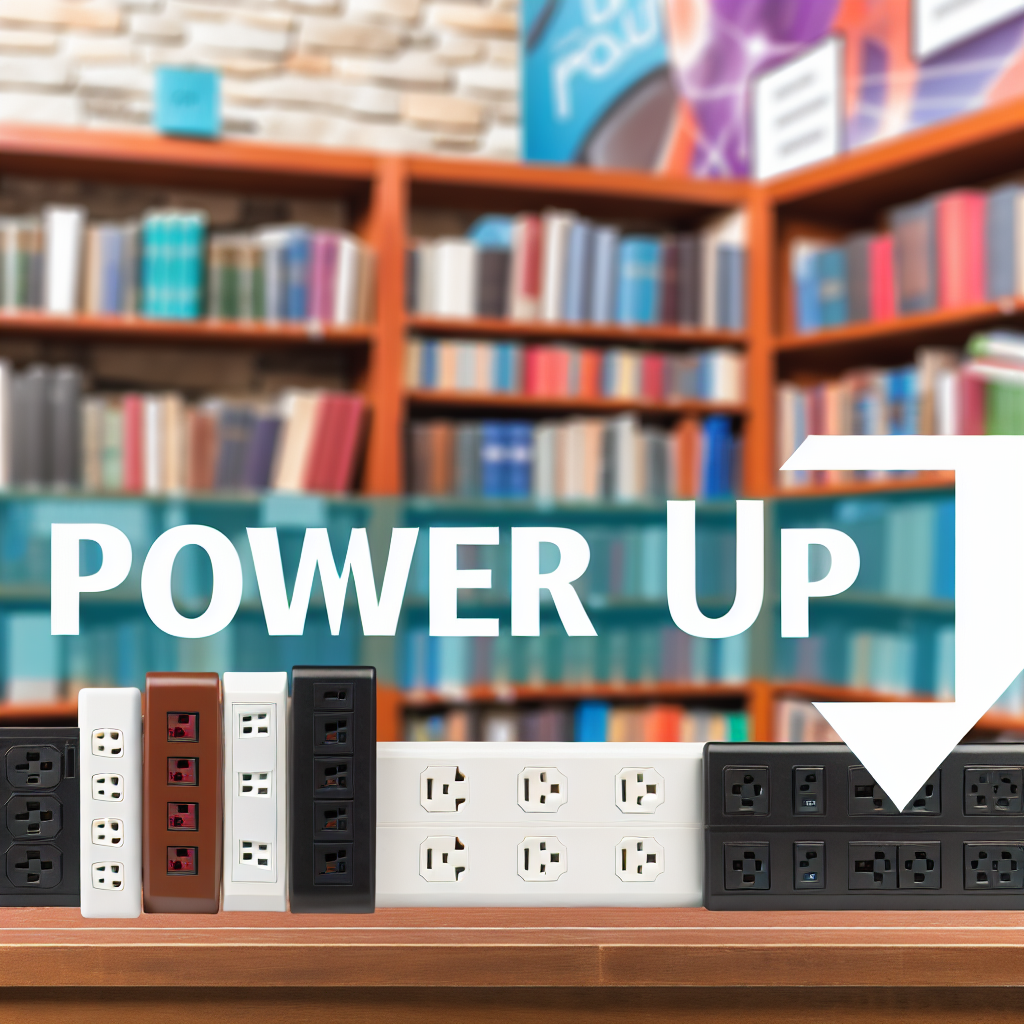Power strips are essential devices that help expand your power outlets and protect your electronics. However, not all power strips are created equal. Here’s a comprehensive guide to help you choose the right one for your needs.
1. Determine Your Power Needs
Before buying a power strip, assess how many devices you will be plugging in. Consider:
- Type of devices (computers, printers, chargers, etc.)
- Power requirements of these devices
- Number of outlets needed
2. Look for Surge Protection
Investing in a power strip with surge protection is crucial for safeguarding your electronics against voltage spikes. Look for:
- Joule rating (higher is better)
- Response time
- Safety certifications (like UL listing)
3. Check the Cord Length
The cord length you need depends on your setup. Consider how far your devices are from the wall outlet:
- Short cords for compact spaces
- Longer cords for more flexibility
4. Consider Outlet Spacing
Devices with bulky plugs can block adjacent outlets. Choose a power strip with:
- Wider outlet spacing
- Specialty outlets for large adapters
5. Think About Additional Features
Many modern power strips come with extra features, such as:
- USB ports for charging
- Power switches for energy savings
- Smart features (like remote access or scheduling)
6. Price vs. Quality
While it’s tempting to go for the cheapest option, remember that quality matters when it comes to safety and longevity. Consider investing a bit more in well-reviewed brands.
Conclusion
Choosing the right power strip enhances convenience and protects your valuable electronics. By considering your power needs, safety features, cord length, and additional functionalities, you can ensure your devices remain powered and safe.
Happy shopping!





